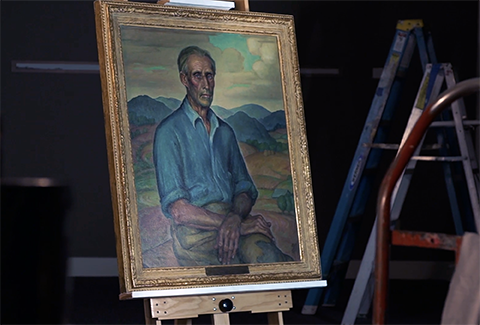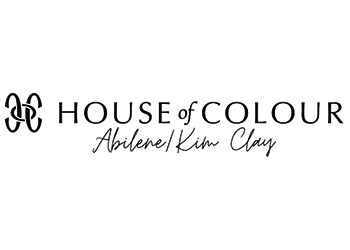When you think of a museum, you will likely envision artwork hanging on gallery walls or artifacts displayed in cases. Or perhaps carefully curated spaces that give visitors a close look into times past, or even a gaze into the future. But what about all of the other paintings, sculptures, objects, and oddities a museum collects? Where are they when they aren’t on view?
The reality is that museums can only show a small fraction of their collections to the public at any one time. Too much light or variable air can speed up the deterioration process that a piece experiences over its lifetime, so museums go to great lengths to protect their collections and let them “rest” in the vault between viewings.
The Grace Museum began collecting art in 1937. It started when the culturally-minded Art Unit of Woman’s Forum established the Abilene Fine Arts Museum in a small facility in Rose Park. Piece by piece, this assemblage of art and artifacts grew into what is now The Grace Museum’s permanent art and history collections, totaling over 12,000 pieces today. 
With grant funds awarded by the National Endowment for the Arts (NEA), The Grace is now able to make its art collection publicly accessible through a new online searchable database. This special project includes photographing, digitizing, and creating metadata for over 2,500 works of art and making them available through the museum’s website.
Web-ready images and comprehensive descriptions for the digital content will permit partnering institutions, researchers, and teachers in rural and urban classrooms across the country to learn about The Grace Museum’s art collection and its importance to contemporary and historical art and Texas culture. The searchable database will also serve as a way for other museums to discover artwork available for borrowing from The Grace’s collection.
The San Angelo Museum of Fine Arts is one of several committed project partners.
“The Grace Museum’s initiative to digitize and make their collection available online will benefit visitors, researchers, scholars, students, and other museums all over the world, including ours,“ said Laura Romer Huckaby, SAMFA’s Assistant Director and Collections Manager. “The ability to search and access The Grace’s collections via the website will assist us greatly in our planning … and in our research of artists and artworks in our own collection. We are grateful to the NEA for supporting this project.”
One of The Grace Museum’s educational goals is to provide high-quality, discovery-based learning experiences to a diverse public.
“We are thrilled for the opportunity to share the depth of our permanent collection in an easy and accessible way,” said Grace Director of Education Kathryn Mitchell. “It will be a great tool for educators and all those who love art.”
Internally, the Grace education staff anticipates multiple ways of incorporating the database into its arts outreach and distance learning programs.
The new online database is currently in development and projected for public launch in May 2021 at www.thegracemuseum.org.
This project is supported in part by the National Endowment for the Arts. To find out more about how National Endowment for the Arts grants impact individuals and communities, visit www.arts.gov.
Contributed By The Grace Museum




























Leave a Reply